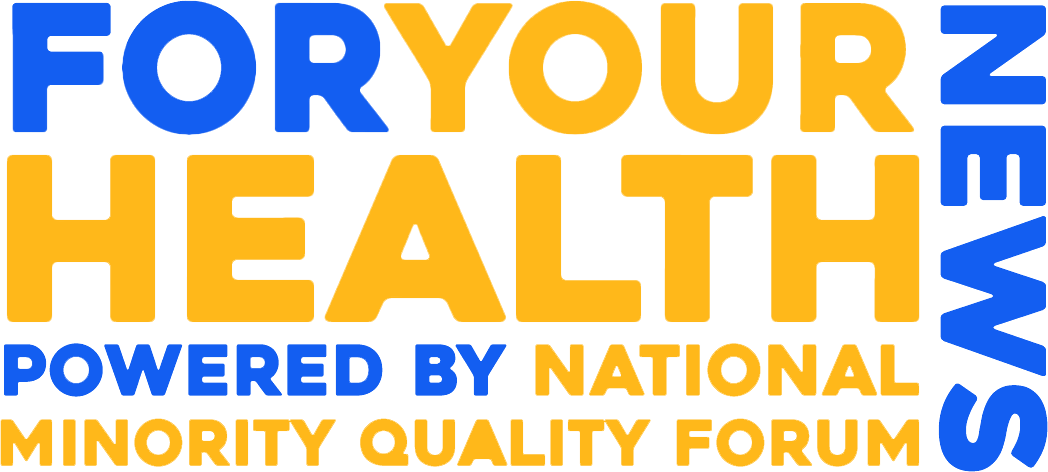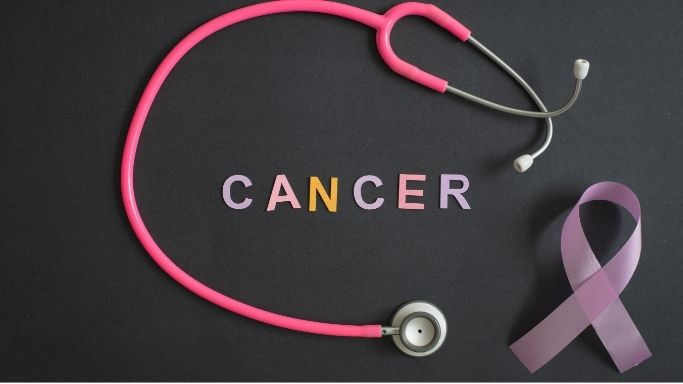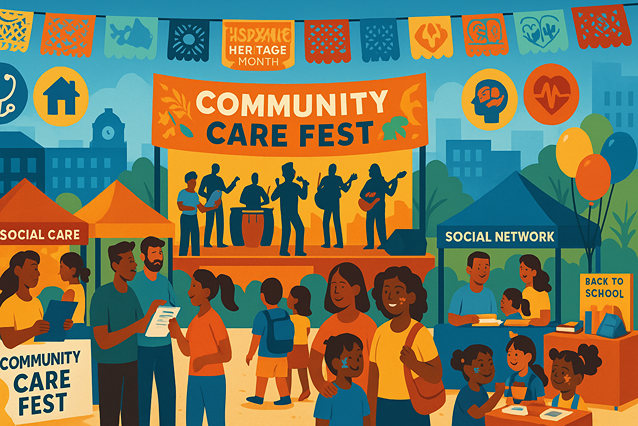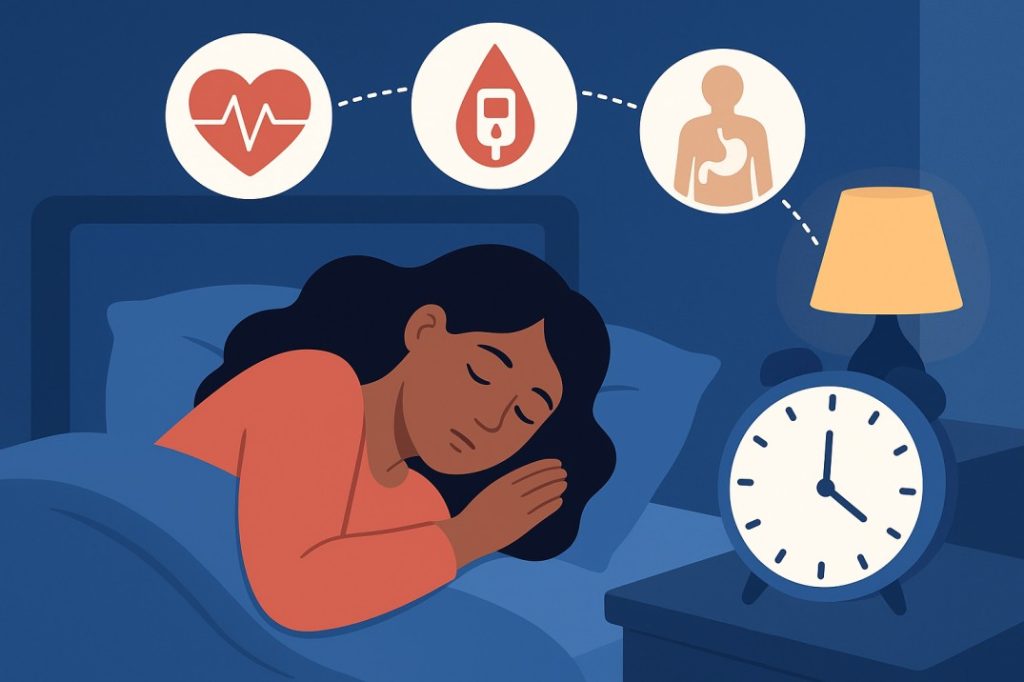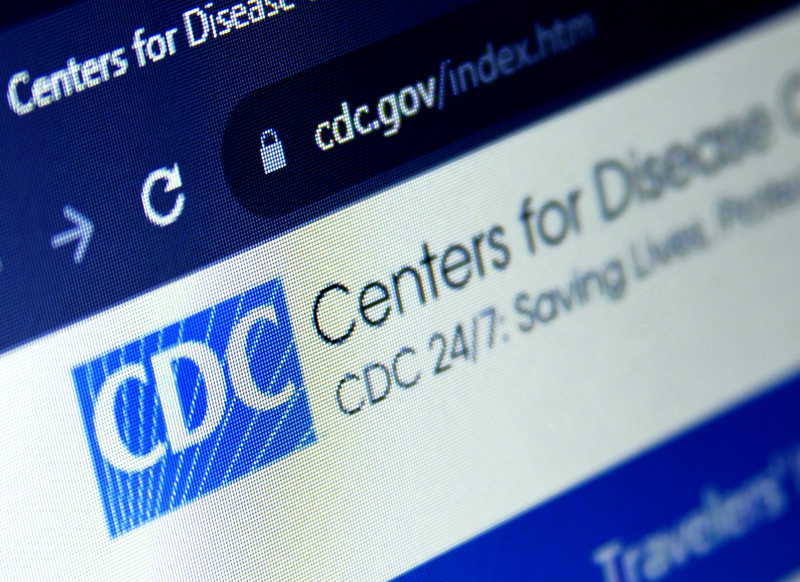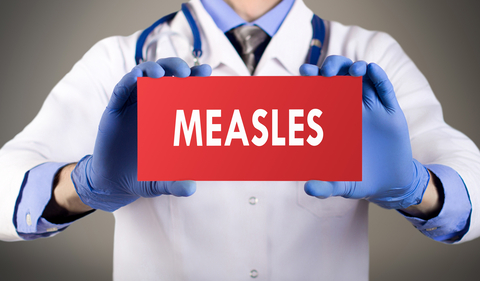- By Jessica Wilson
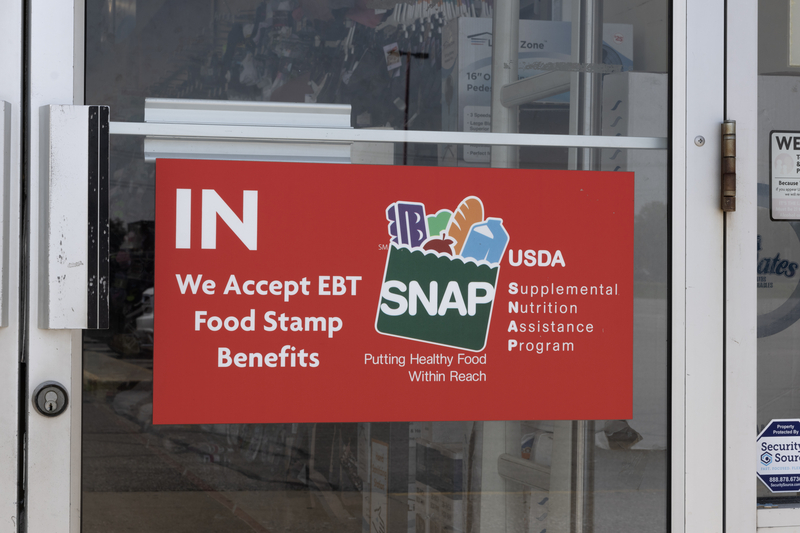
What’s at stake
The Supplemental Nutrition Assistance Program (SNAP) is a vital food-assistance program for low-income individuals and families. As a result of the current federal government shutdown, states are warning that SNAP benefits may be delayed or halted if the shutdown continues past late October. While October benefits are reportedly safe (since they were funded in advance) in many states, the risk begins in November and beyond.
Why Black and Brown Communities Are Most Vulnerable
1. Higher reliance on SNAP
Communities of color – Black, Latino, Indigenous and other historically disadvantaged groups – tend to have higher rates of food insecurity and higher participation in SNAP. While national data specific to the current shutdown may not always break out race/ethnicity, reporting in individual states makes the disparity clear. That means when SNAP benefits are delayed or cut, Black and brown households disproportionately bear the brunt of lost food access.
2. Pre-existing food insecurity and health disparities
Food insecurity — going without enough food for an active, healthy life — is already higher in many Black and brown communities, due to structural inequities (poverty, unemployment, under-resourced neighborhoods, limited access to fresh healthy food). When SNAP benefits are interrupted, the potential health impacts become more pronounced:
- Nutritional deficits: A lack of consistent access to healthy food can lead to poorer diet quality (less fresh produce, more processed foods) which in turn contributes to chronic disease (e.g., diabetes, hypertension) that already disproportionately affect communities of color.
- Stress, coping, and health: The added stress of food uncertainty (e.g., not knowing if benefits will arrive) can exacerbate mental health burdens and indirect health effects (e.g., reduced capacity to manage chronic disease, missed medications).
- Downstream public health effects: As one analysis notes, while some core benefits may continue during a shutdown, a prolonged shutdown threatens nutrition programs and by extension the health of vulnerable groups.
3. Local capacity stretched
Food banks, emergency food shelves and community organizations that serve low-income Black and brown populations are already seeing increased demand. When SNAP falters, those community support systems face even more strain — and some may not be able to scale fast enough. This creates a double-hit: affected households lose benefits and the fallback networks are stretched.
4. Risks to children, older adults & multigenerational households
Within Black and brown communities, households may often include children, older adults, or multigenerational living arrangements. Interruptions in SNAP thereby affect not just one person but entire households and social units. Articles note that older adults receiving SNAP could find disruptions particularly harmful.
Why the Shutdown Specifically Magnifies the Risk
- Timing: Because funding for SNAP was already set up to cover October, the crisis emerges in November. That gap window means households might have little time to prepare.
- Contingency fund limits: USDA and states have warned that the contingency funding will not last indefinitely — meaning if the shutdown drags on, benefit payments will be at risk.
- Less buffer for low-income households: Many households that depend on SNAP operate with very thin margins—any disruption in benefits can rapidly lead to food skips, resorting to cheaper unhealthy options, or going hungry.
- Cumulative disadvantage: Communities of color often face multiple structural disadvantages (housing instability, employment precarity, healthcare access issues). A disruption to food assistance therefore does not occur in isolation but compounds existing vulnerabilities.
What Can Be Done / Mitigation Strategies
To lessen the impact of SNAP disruptions during the government shutdown, communities can come together to protect and support one another. Staying informed is the first step—keeping up with local and state updates about SNAP benefits helps families prepare and plan ahead. If delays or cuts are expected, households may need to rework their budgets to prioritize essentials like food, medication, and utilities. Connecting with nearby food banks, community pantries, and mutual aid networks can also make a big difference, as these local resources often step up during times of crisis.
Advocacy matters too—sharing your story and contacting elected officials helps raise awareness about how the shutdown hits Black and brown communities hardest, reminding leaders that food access is a basic right, not a privilege. Communities can also build their own safety nets through collective care—organizing food distributions, growing community gardens, or hosting shared kitchen programs to make sure no one is left behind. Local clinics and health providers can support by screening for food insecurity and linking families to available assistance.
When communities stay informed, advocate together, and look out for one another, they help ensure that even in times of uncertainty, everyone has access to the nourishment and care they deserve.
Conclusion
The potential interruption of SNAP benefits due to the government shutdown is more than just a policy or budget crisis—it is a health crisis, particularly for Black and brown communities that rely on these benefits at disproportionately high rates. Because food security is deeply intertwined with nutrition, chronic disease management, mental health, child development and community well-being, disrupting SNAP creates cascading risks.
Policymakers, community organizations and households must act proactively: understanding the timeline, identifying local supports, and advocating for the continuity of essential nutrition programs. Ensuring food access is not just “nice to have” — it is a foundation of health equity and community resilience.
Trending Topics
Features
- Drive Toolkit
Download and distribute powerful vaccination QI resources for your community.
- Health Champions
Sign up now to support health equity and sustainable health outcomes in your community.
- Cancer Early Detection
MCED tests use a simple blood draw to screen for many kinds of cancer at once.
- PR
FYHN is a bridge connecting health information providers to BIPOC communities in a trusted environment.
- Medicare
Discover an honest look at our Medicare system.
- Alliance for Representative Clinical Trials
ARC was launched to create a network of community clinicians to diversify and bring clinical trials to communities of color and other communities that have been underrepresented.
- Reducing Patient Risk
The single most important purpose of our healthcare system is to reduce patient risk for an acute event.
- Subash Kafle
- Victor Mejia
